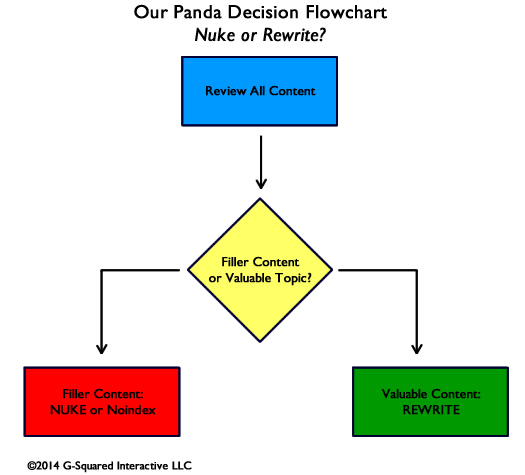

You create your decision matrix by listing those options as the rows of the table. When you make decisions, determine which options you want to evaluate and compare against one another. Ineffective or missing procedures for collecting input and keeping people informed can be improved or developed. You can use the following steps to create and use a decision matrix: 1. By thinking through the types of decisions that arise and the people who need to be involved, everyone comes to see their own work and the work of others with greater understanding. The process of defining the roles in a decision is where the value of the tool lies. But the decision matrix will be just as useful. Your organization may function in an entirely different way. It is not intended to prescribe how decision-making should be handled in your co-op but to illustrate how the decision matrix can be put to use. On the following pages is an example of how a decision matrix might be filled out for a co-op with two stores at $12 million in sales. The size and complexity of the organization will govern how many different roles there are. Someone may make the ultimate decision, but only as a result of consultation with and input from others.Ī decision matrix is a helpful tool for clarifying the different roles within the organization in getting a decision made.


In the typical natural retailer, whether cooperatively or independently owned, there are multiple players in many decisions. A decision matrix is a chart or table that helps project managers understand their available options. And it’s not just a matter of identifying one role as the decision-maker. To effectively function, a business needs clarity about who has the authority to do what. A decision matrix evaluates and prioritizes a list of options and is a decision-making tool. Also called: Pugh matrix, decision grid, selection matrix or grid, problem matrix, problem selection matrix, opportunity analysis, solution matrix, criteria rating form, criteria-based matrix. Even without significant growth, staff turnover can surface the need to formalize unspoken rules and informal relationships. Quality Glossary Definition: Decision matrix. Relocating to a new facility with a much-expanded food service leads to adding assistant managers and shift leads. For example, opening a second store creates the necessity for new approaches to buying. Expansions can result in forming new layers of positions. When an organization is going through rapid change, roles within the organization change, too, and not always in a consciously thought-through manner.


 0 kommentar(er)
0 kommentar(er)
